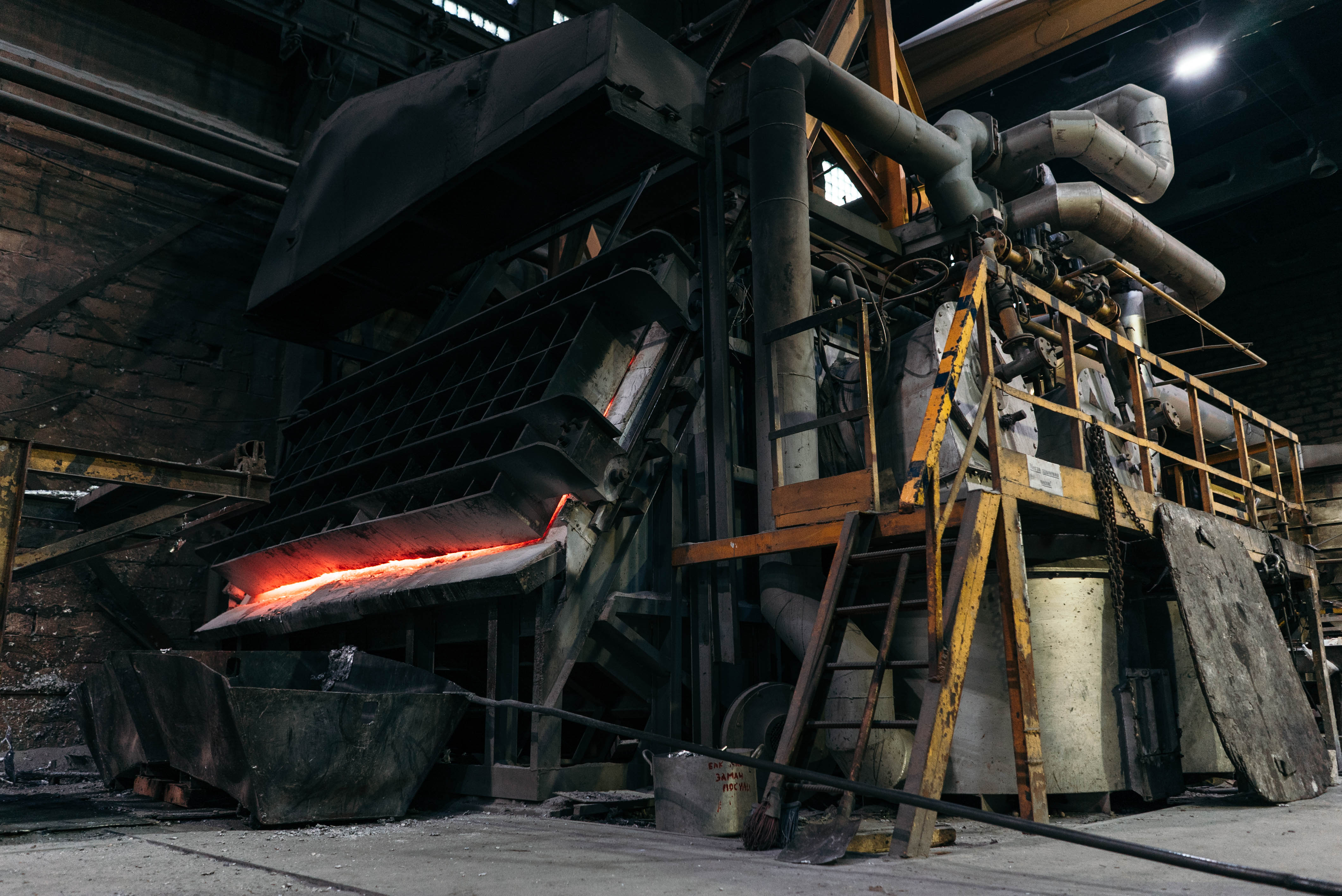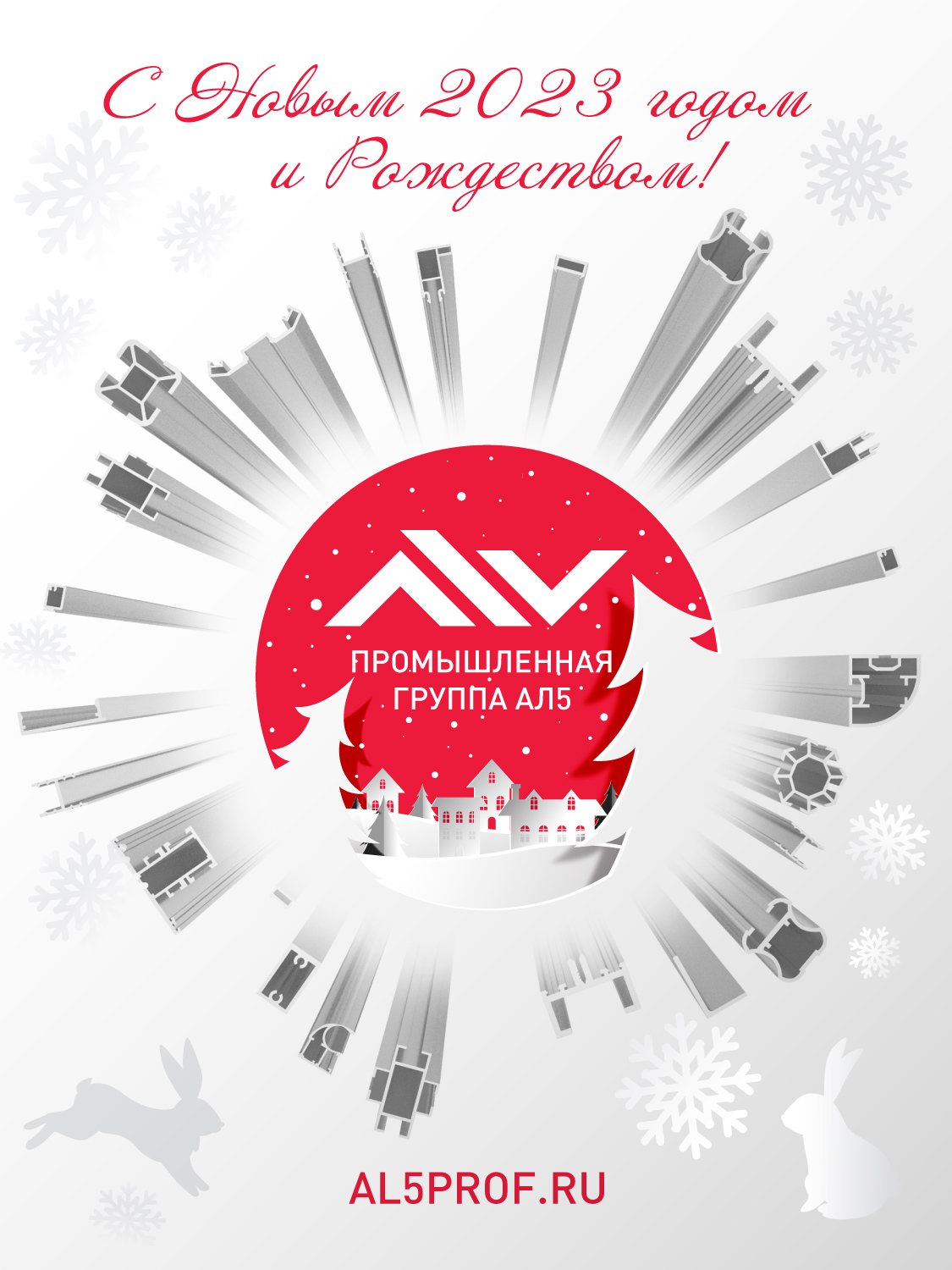Convincing — interesting facts about aluminum.
Perhaps, you could not have to know that:
- A little over a hundred years ago, a kilo of aluminum costed over a thousand rubles.
- In 1899, British scientists presented to Dmitrii Mendeleev the scales, made of gold and aluminum. Now, a kilogram of this metal costs less than a ruble. Over the first half of our century, global aluminum production has increased by more than 250 times, currently reaching almost 5 million tons; in terms of volume, aluminum production ranks second after iron production.
- Aluminum is more than 2.5 times lighter than iron, 3 times - copper, 4 times - silver. At ordinary temperature, aluminum does not rust in water, does not corrode in air, and resists well the action of nitrogen, sulfur, carbon; the metal surface is covered with the thinnest oxide protective film. Reacts with halogens, caustic alkalis, sulfuric and hydrochloric acids, forming salts. It is stable in solutions of acetic and phosphoric acids, but is destroyed by ammonia water. A piece of aluminum, dipped in concentrated nitric acid, becomes resistant to chemical aggressive environments.
- The bluish-white metal, melting at 660°C, extends well into the wire (a 10,000m long wire spool weighs only 270g and can fit in a match box) and easily rolls into sheets of various thicknesses.
- Alloying with a small amount of other metals (and it forms alloys with almost all metals) significantly increases the strength of aluminum. More than 200 different alloys are known, and their number is increasing every year, and the quality is improving. The greatest application is duralumin, which in addition to aluminum contains about 5% copper, magnesium and iron. Silumin (4-12% silicon), lautal (4% copper, 2% titanium), scleron - an alloy of aluminum with copper, nickel, manganese, silicon and lithium are also widely known in industry.
- Aluminum and its alloys helped a person conquer the air element, build light and durable railway cars and sea ships. No wonder aluminum is often called winged metal. The wings and fuselages of aircraft, car parts, frames of standard houses, chairs, beds, tables and thousands of other products are made of aluminum and its alloys. In England alone, in the postwar years, over 70 thousand prefabricated aluminum cottages were built. School buildings are also being built there from aluminum. Majestic buildings made of aluminum (and plastic) were built in Moscow - the Palace of Congresses in the Kremlin and the Palace of Pioneers on the Lenin Hills.
- Aluminum is needed by electricians, dyers. Although its electrical conductivity is almost half less than that of copper, aluminum wires successfully replace copper. With a width that provides the same electrical conductivity, they are 2 times lighter than copper. Powdered aluminum is part of many paints.
- When a thin leaf of aluminum foil is heated up to 3–7 microns thick, it flashes with a bright, dazzling white flame, generating a huge amount of heat. The use of aluminum in photography for a smokeless flash is based on this property (a magnesium flash always produces a thick white haze). For the convenience of photographers, special lamps are produced with pieces of aluminum foil and a thin, highly flammable wire. When the current is turned on, the wire ignites the foil.
- Finely ground aluminum mixed with the oxide of some other metal (iron, chromium, calcium) takes oxygen from it, restoring the metal. A mixture of aluminum with magnetic iron oxide is called termite. The burning temperature of this mixture is very high, and therefore termite is used for welding rails, steel and iron products. They are filled with incendiary bombs and artillery shells.
- The ability of aluminum to generate a large amount of heat when combined with oxygen served as the basis for a new highly effective metal smelting process - aluminothermy.
- The processes of aluminothermy were discovered and scientifically substantiated by N. N. Beketov almost a hundred years ago. Since then, they have become widespread in all countries of the world. In modern metallurgy, aluminothermy is used not only for iron smelting, but also for the reduction of refractory metals from ores - vanadium, molybdenum, manganese.

